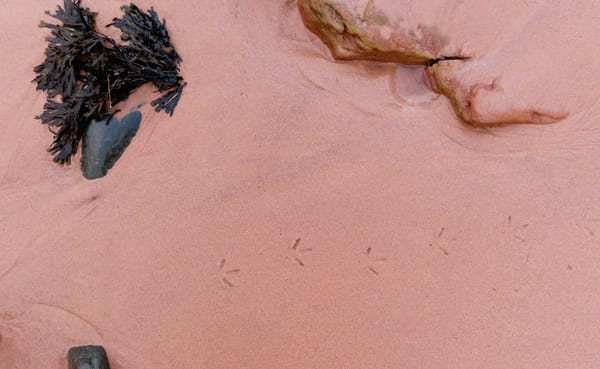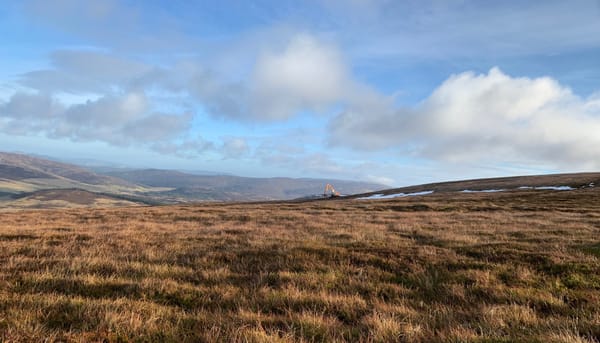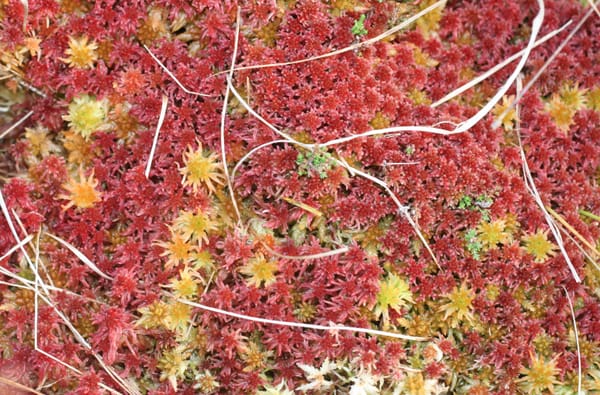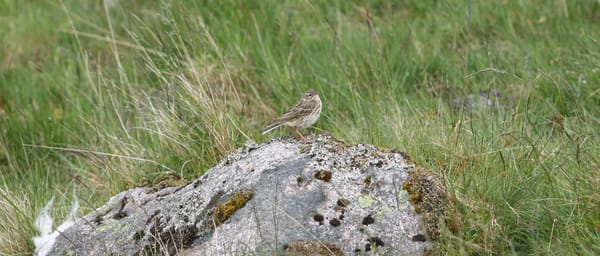Spring is sprung.
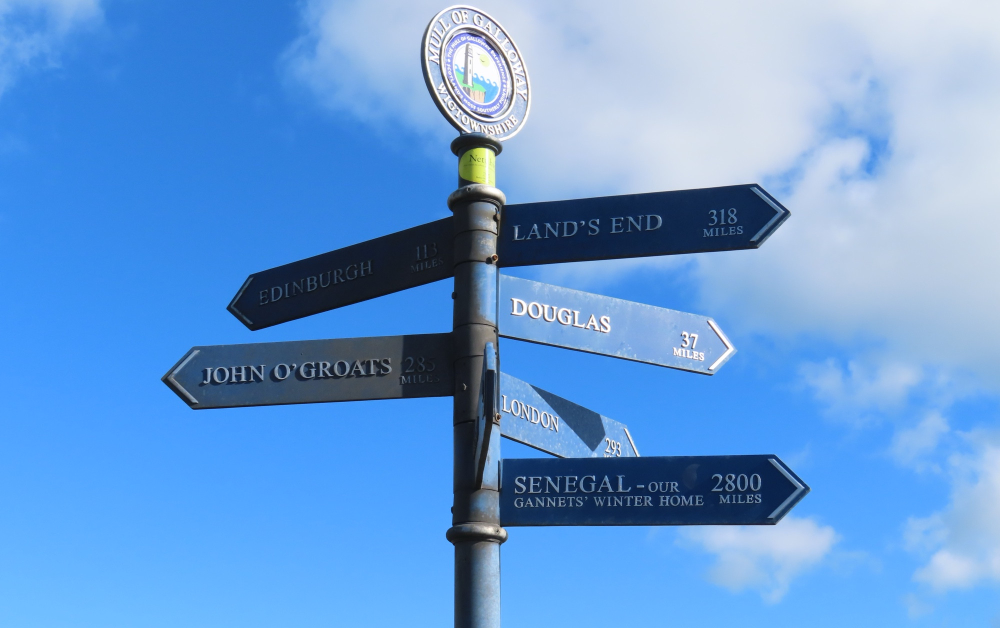
So January was gulls and winter birds surveys, February more winter bird surveys and some study-I am taking a course in Sustainable Deer Management at UHI because I wanted to understand the challenges and different points of view on the subject. March saw me back in the lab for a short contract and the rest of my time was spent birding, looking for field signs and a day trip to the Mull of Galloway. It was a cracking day weather-wise, bit early for full cohort of sea birds but we had seals, guillemots, razorbills, shags and cormorants and the occasional gannet (and raspberry ripple ice cream) so a good day! Apparently there is a family of foxes that live on 'the Rattle' so worth looking out for them if you visit (the RSBP visitor centre and lighthouse open this weekend I think).
I also camera trapped a short loop of burn that runs through my paddock. We have an occasional otter visitor who I have only caught sight of once in three years of field signs. He only comes through every couple of weeks or so and the only time I saw him was when he appeared crossing the road as I got out of my car. We were both surprised!
Blink and you'll miss it
Also
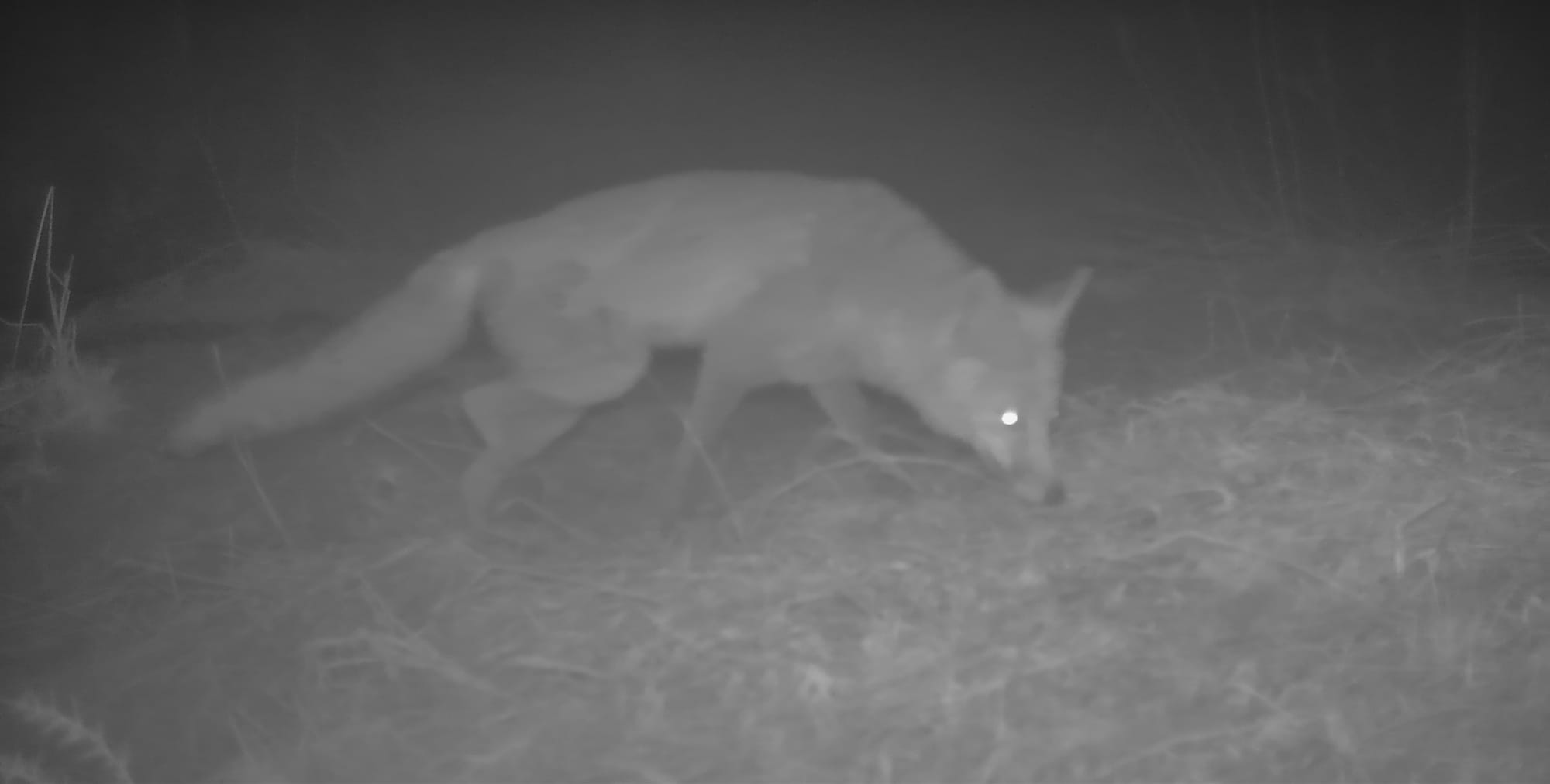
Lots of badger activity in local woods but these are classic badger field signs:
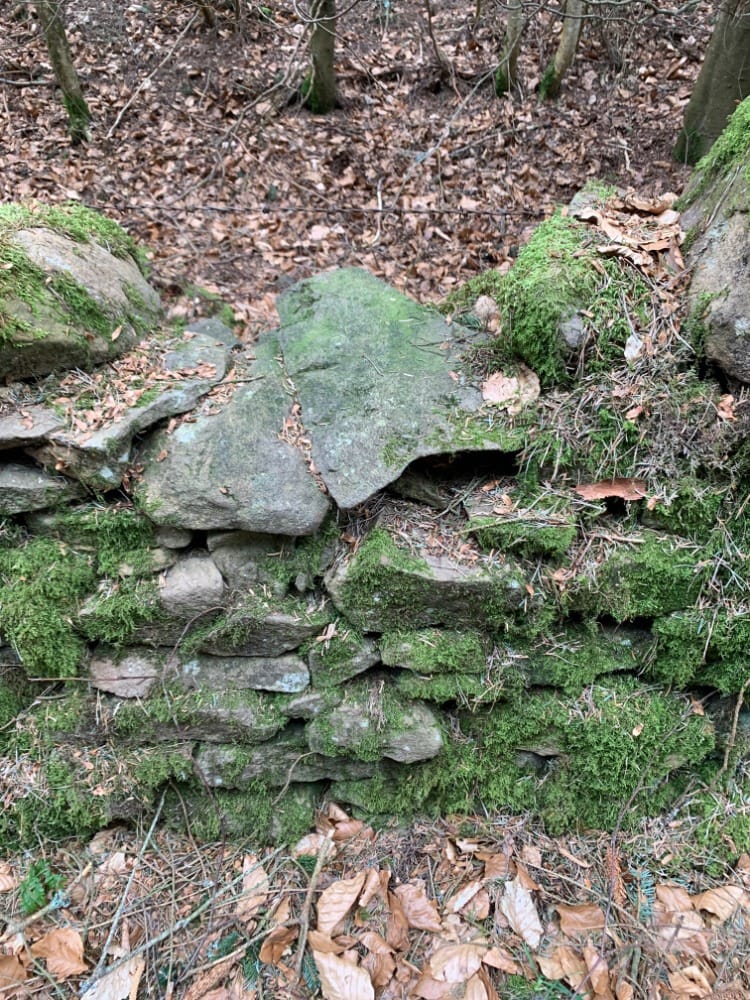
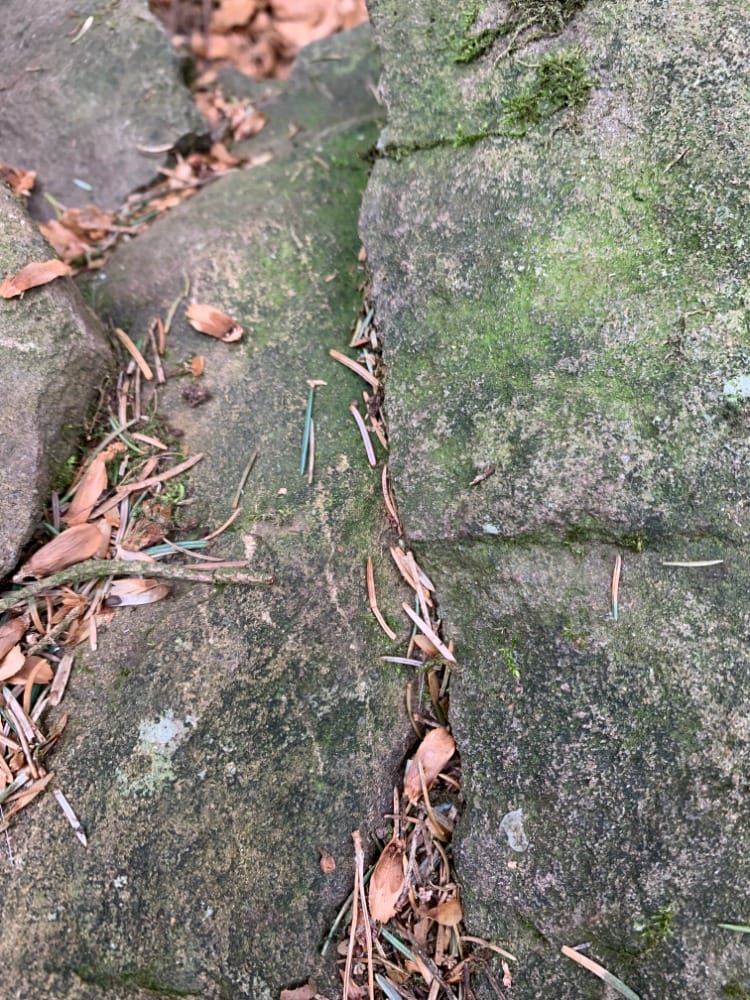
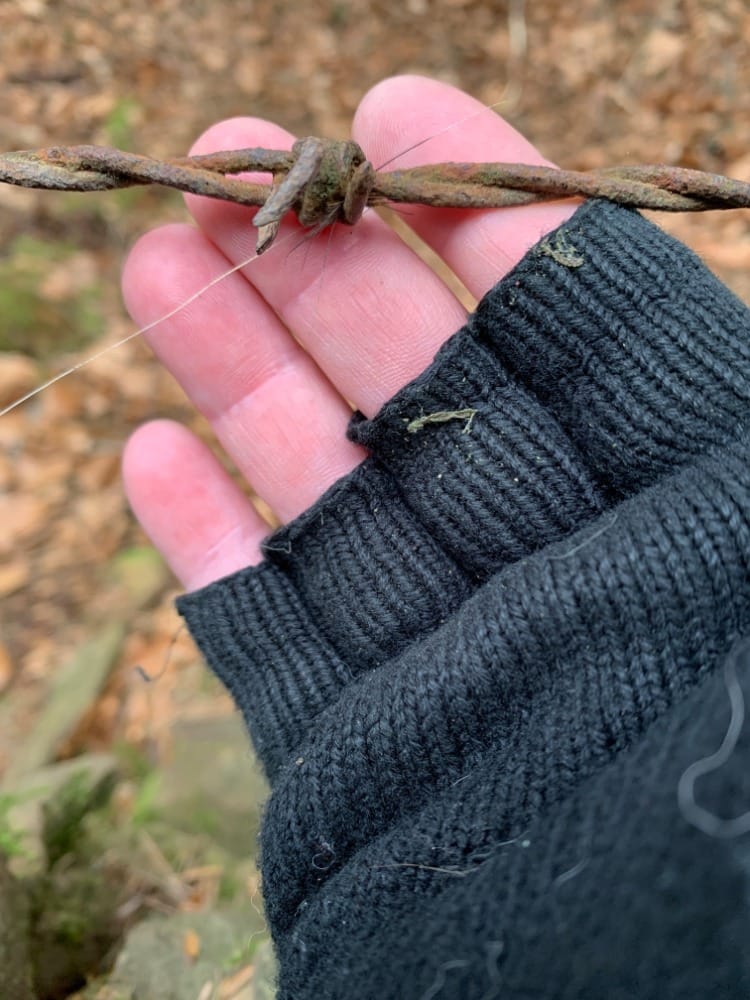
Left to right: moss worn away on a lower bit of stone dyke; claw marks on stone; badger hair on barbed wire on the other side
I am not sure if he/she was trying to cross the burn, it's narrower here but fast and deep. I edited this as it was quite long but you could hear him splashing about. Keep an eye on top left corner and watch to the end.
I've had a number of bird species in the garden this winter that I've not seen here before. My house is moor-adjacent but we have a short (>20m) tree line consisting of a couple of willows, some failing fruit trees, some ornamental conifers, hawthorn, blackthorn and a Scots Pine. It provides a stepping (flying?) stone from one block of woodland to another but we are very exposed and almost permanently windy. The ornamental conifers provide shelter and nesting habitat for goldfinches, blue tits and chaffinches and blackbirds, the Scots pine was used by a pair of crows up until a few years ago (they come back and visit). This winter we've had long tailed tits, crossbills and greenfinches in the Scots Pine-greenfinches are so unusual here that I've not seen any for years. The pine was certainly doing the heavy lifting as it were, over the winter months.
The bird population in the garden is beginning its summer shift. We have a wren roost in the back garden in a large, overgrown hebe but the wrens don't nest on site, dispersing to the gorse scrub nearby or back to the woods, travelling along the ditches and scrub that line the road. The chaffinches are back and hopefully the goldfinches will be soon. Roundabout the meadow pipits, wagtails and skylarks have returned, ravens are nest building. The waders have returned but in very reduced numbers, 3 pairs of curlews, a few pairs of lapwings and no oystercatchers. Less than 10 years ago early mornings and late evenings would be full of curlew calls in early summer and oystercatchers were numerous and shouty.
Hopefully the wheatears will be back soon-my favourite summer visiting bandits and pipits never fail to cheer me up!
